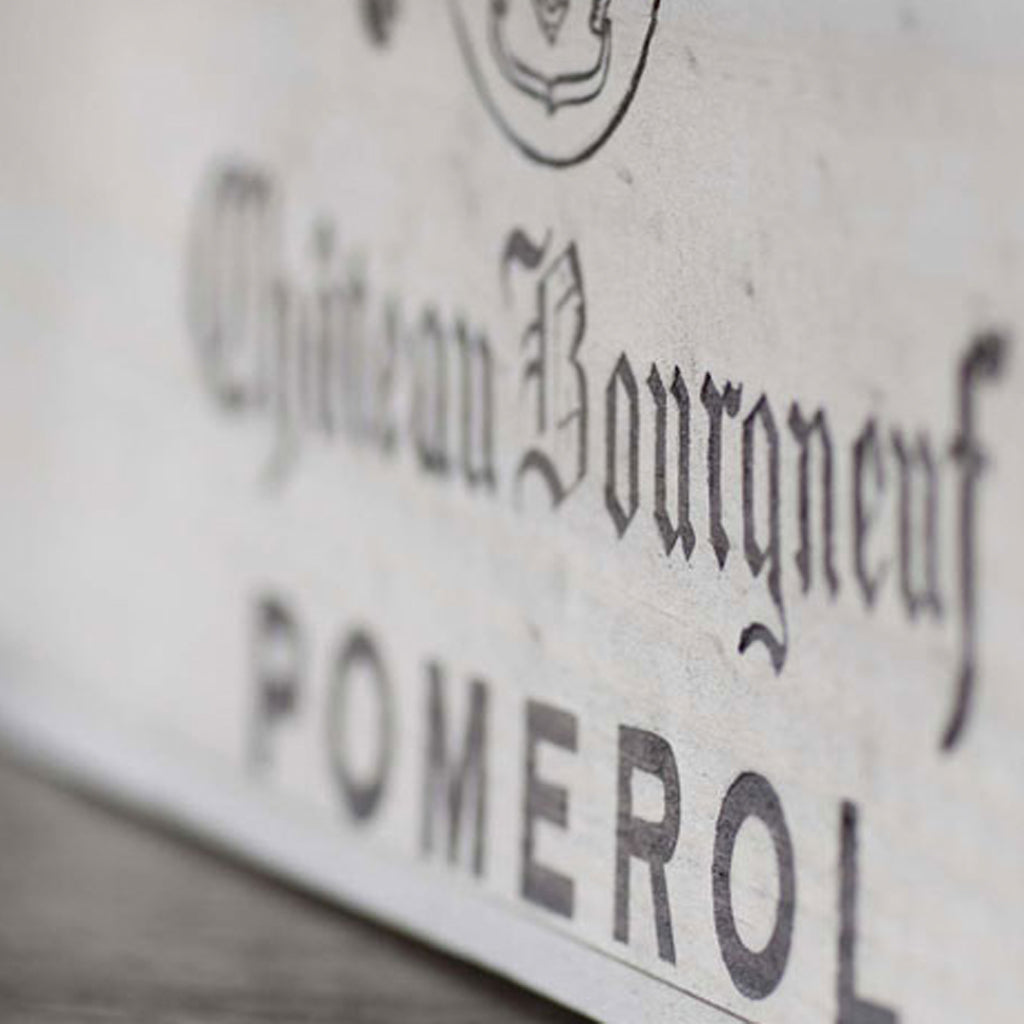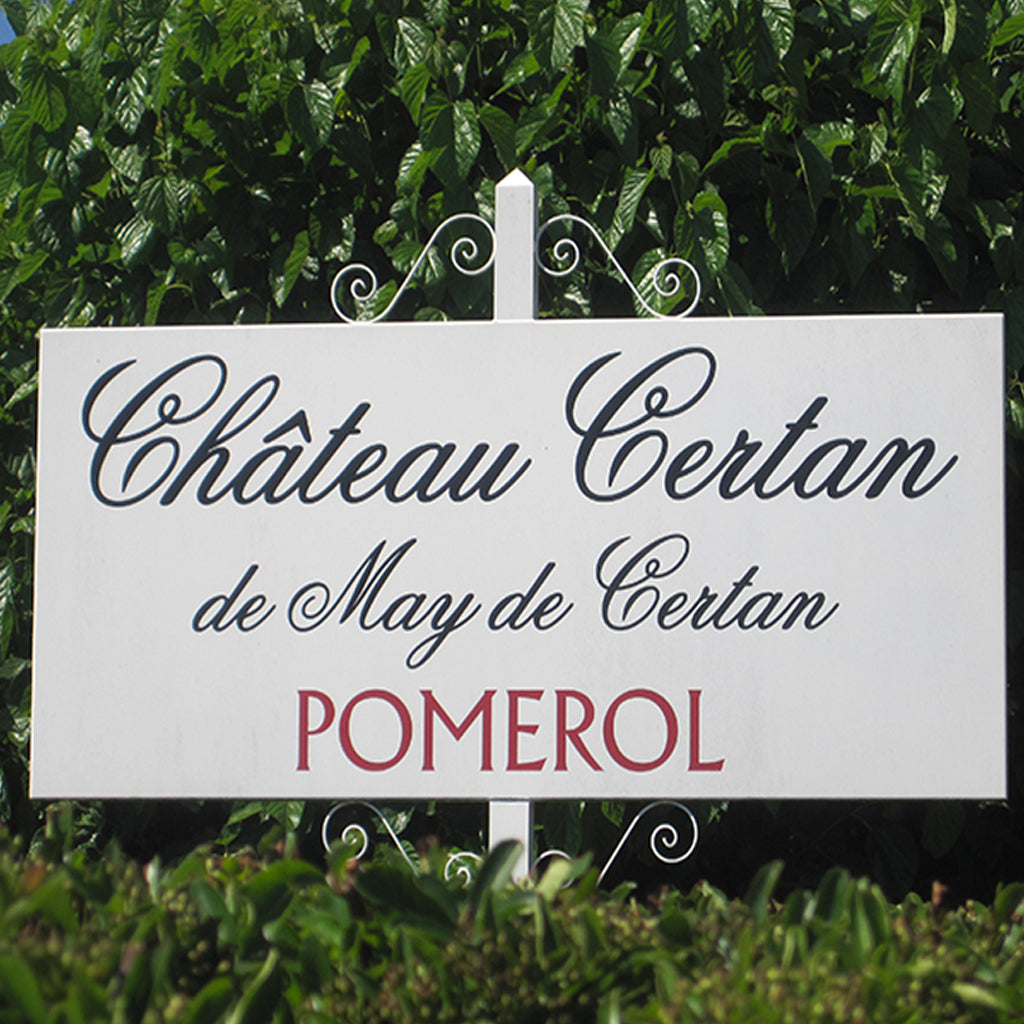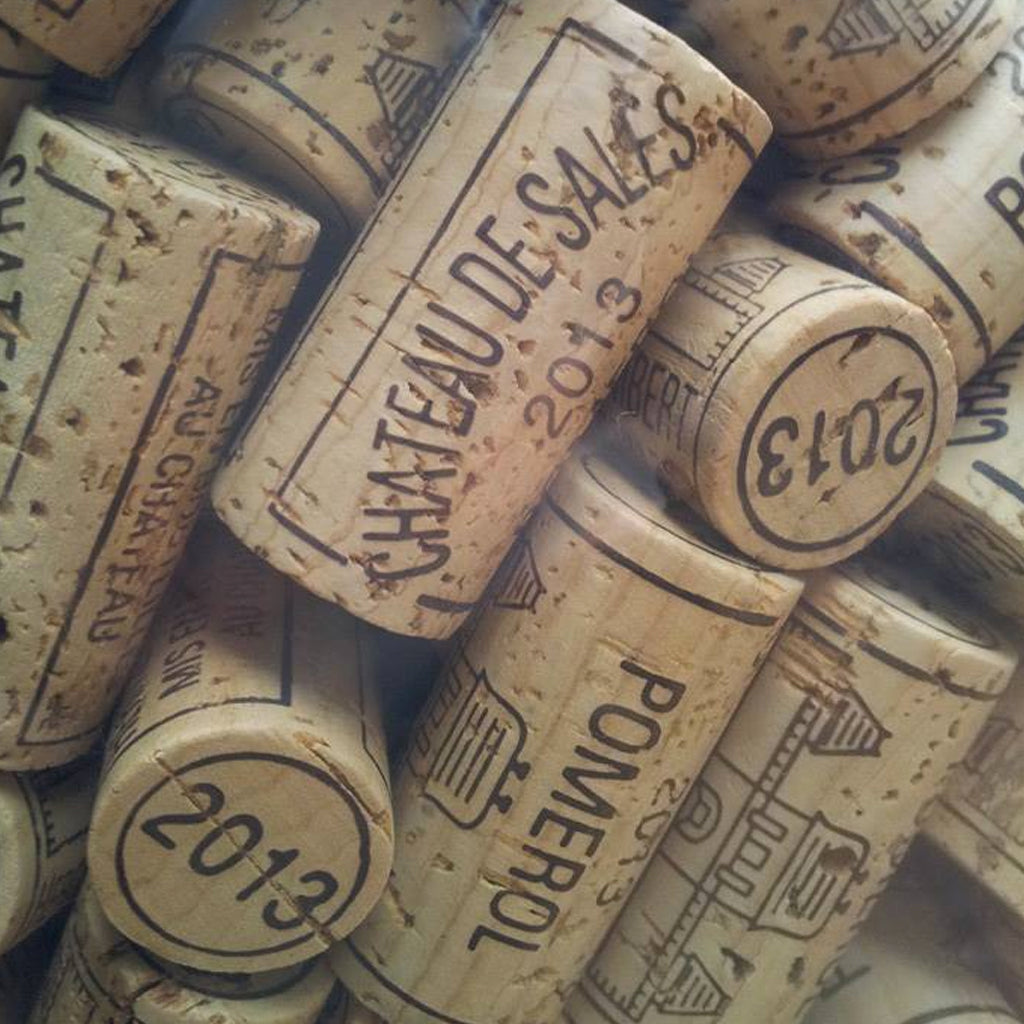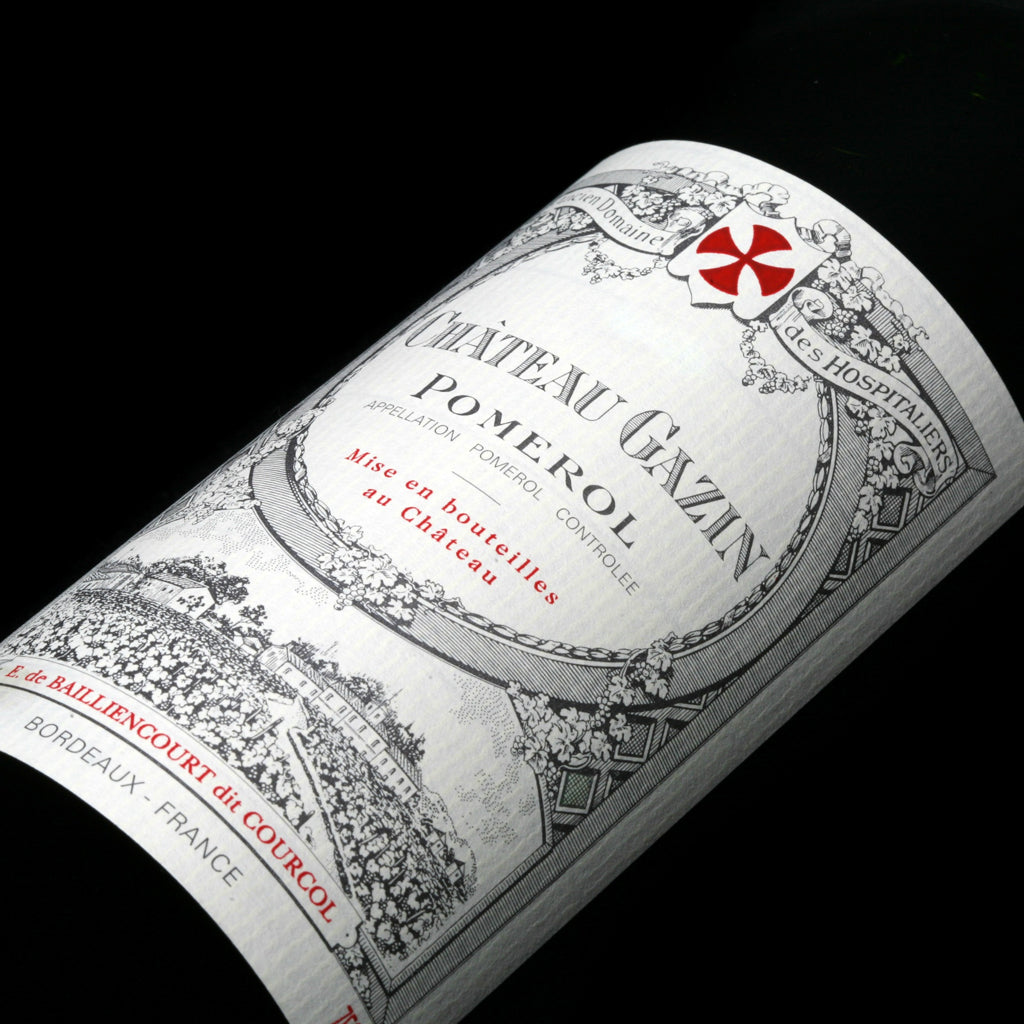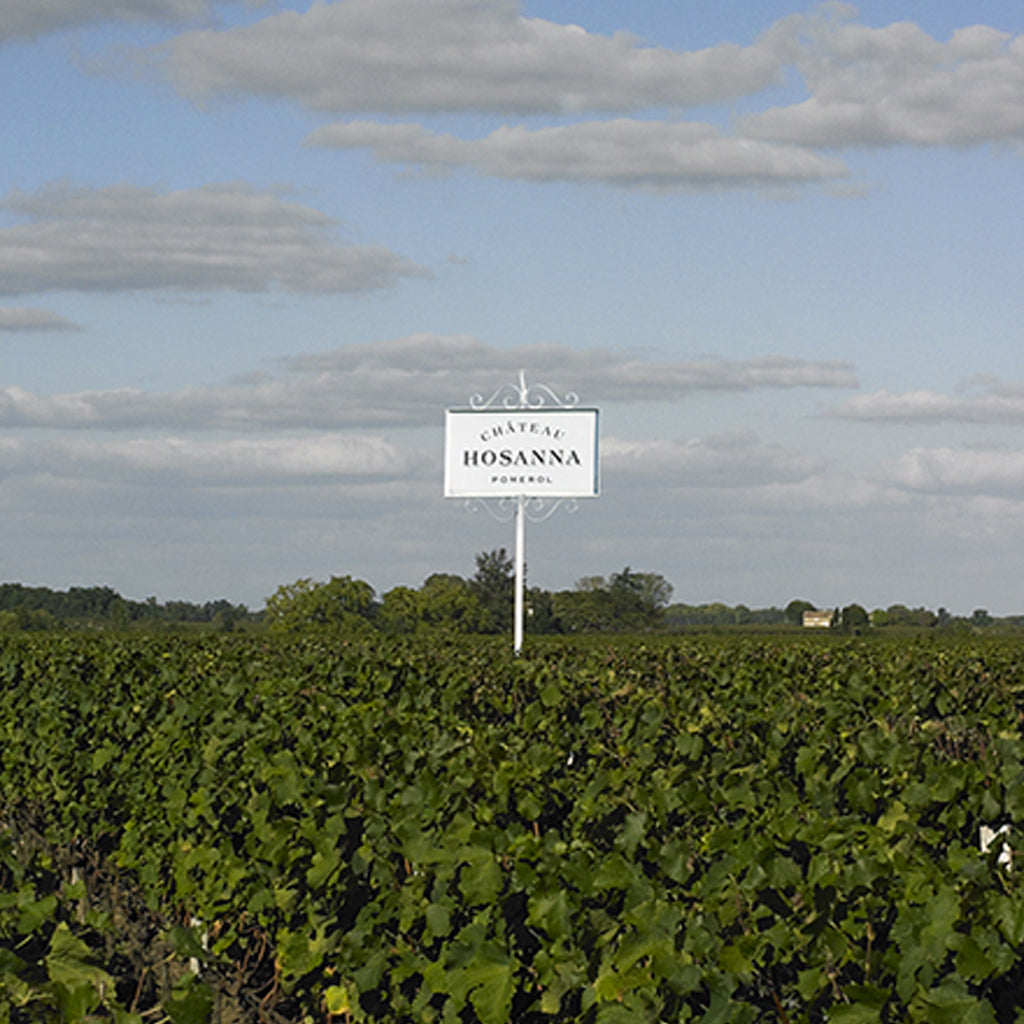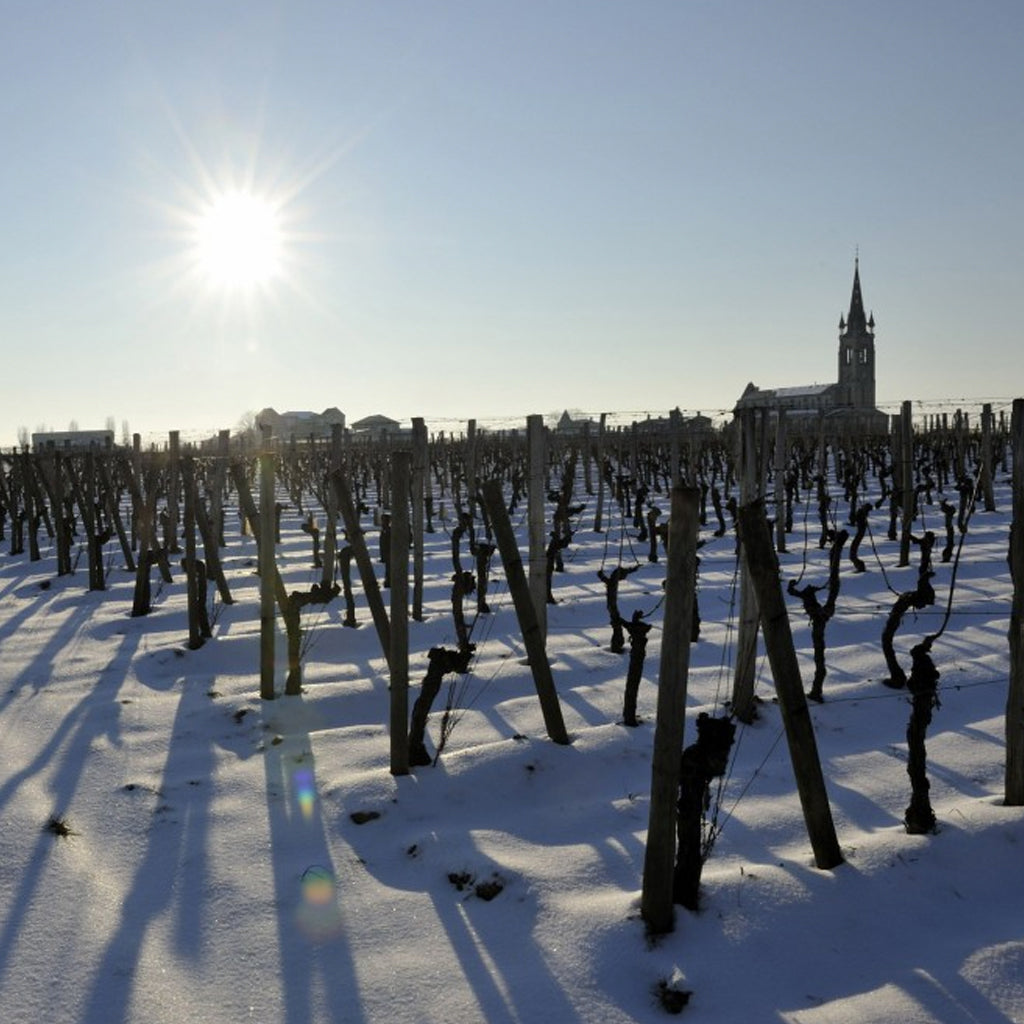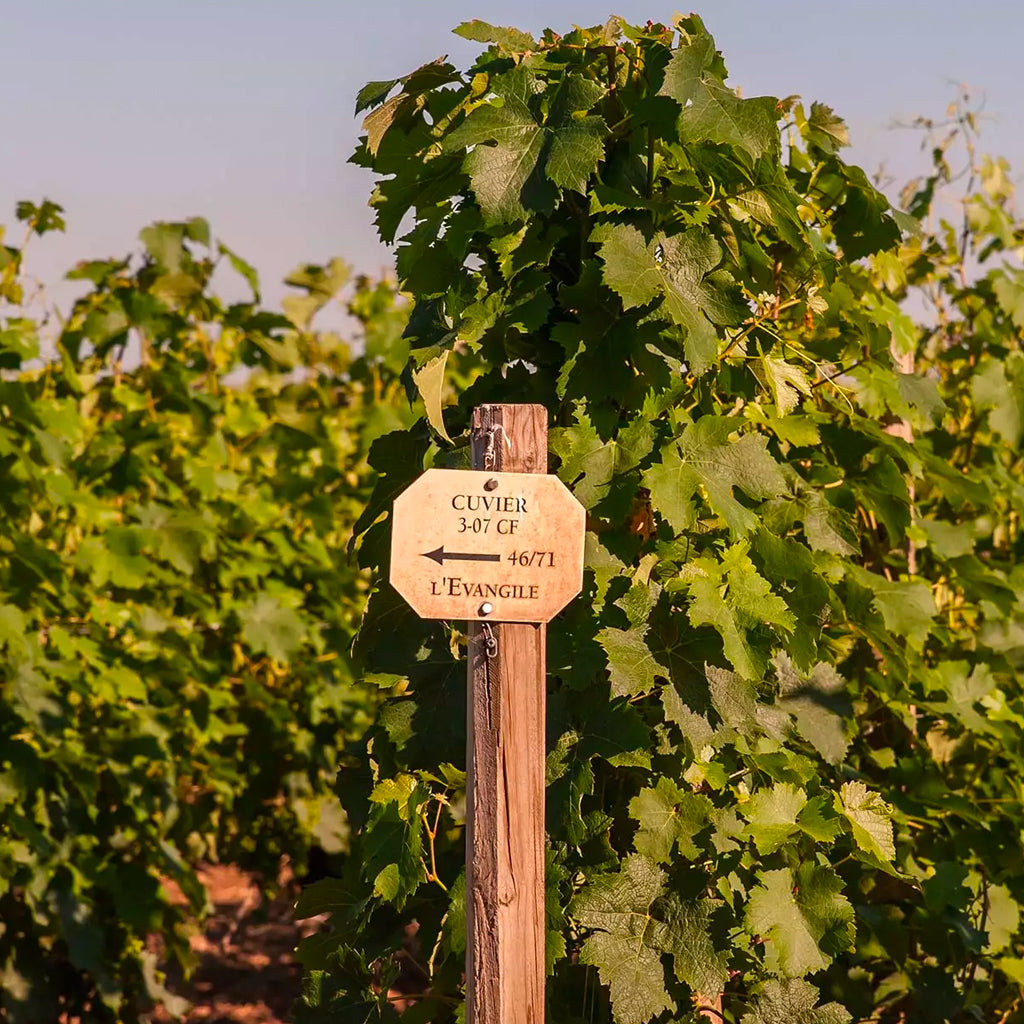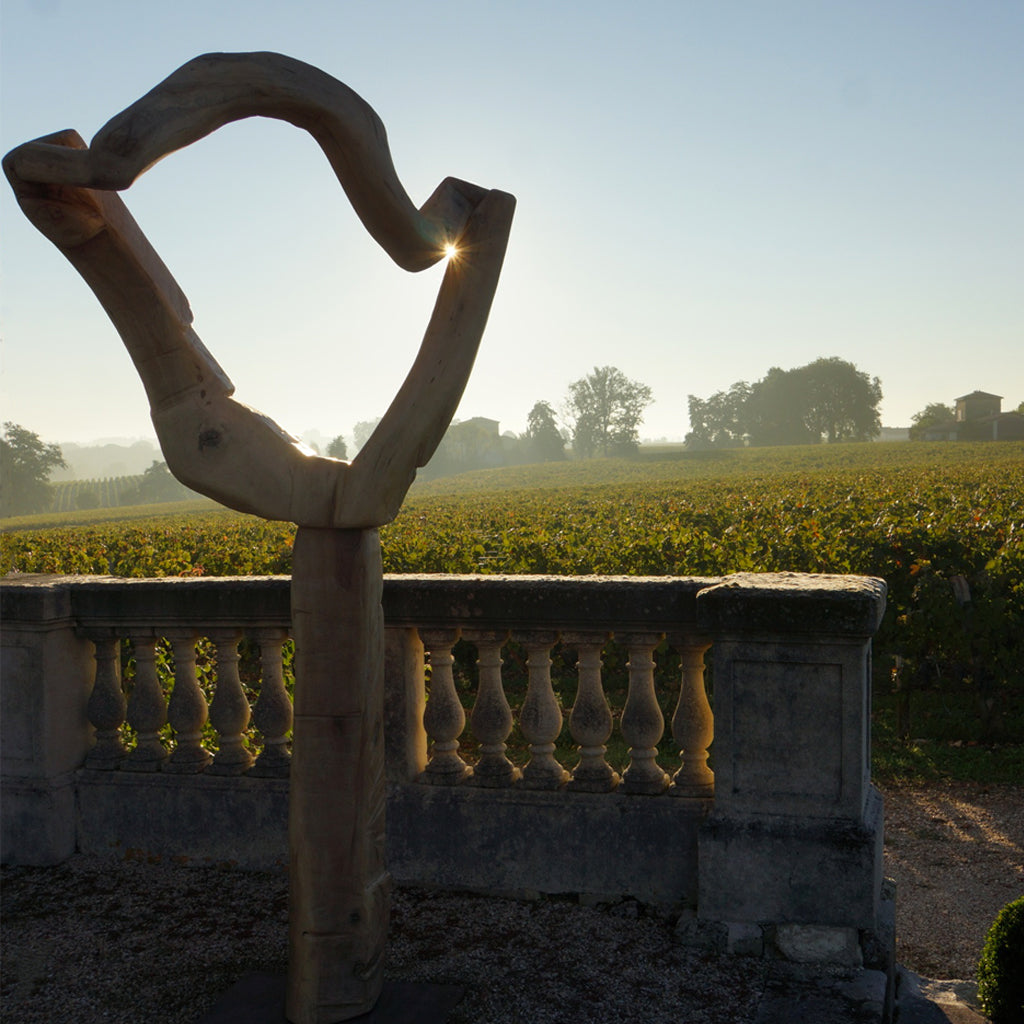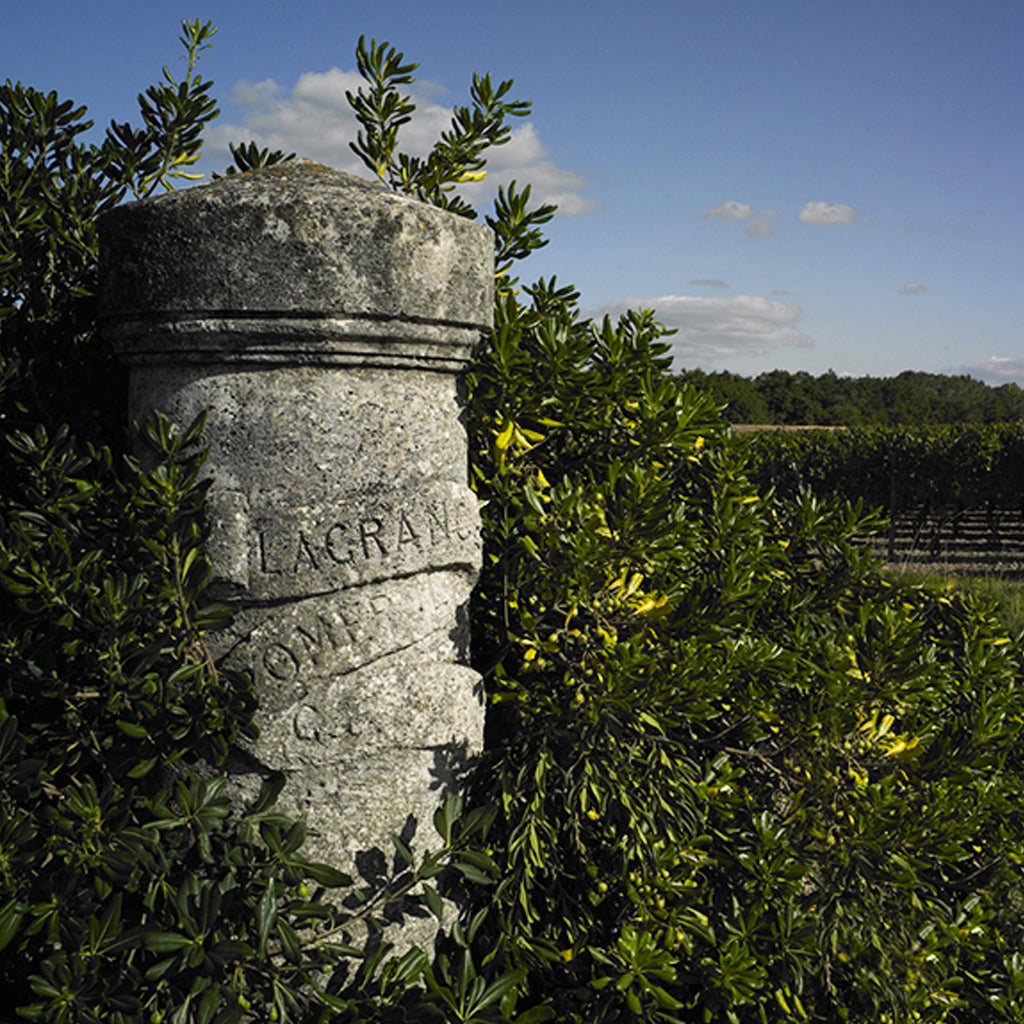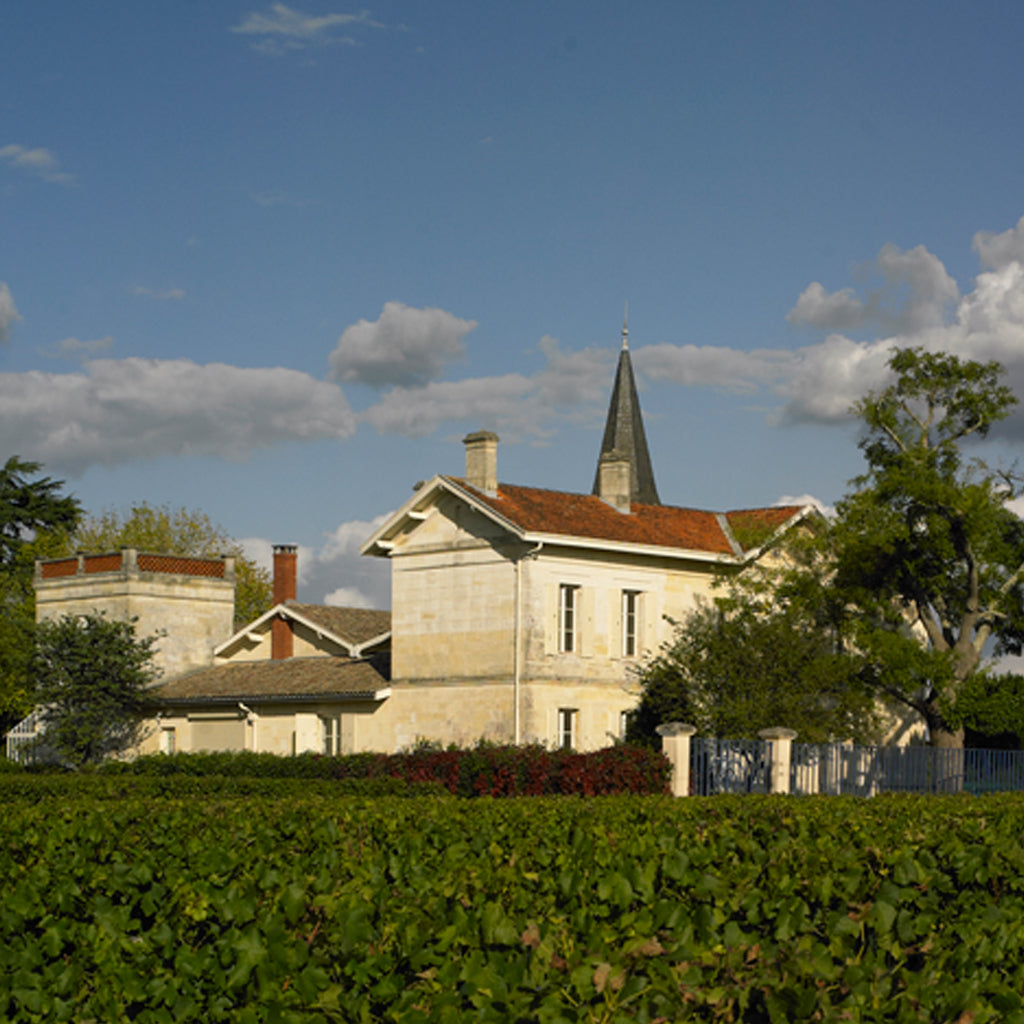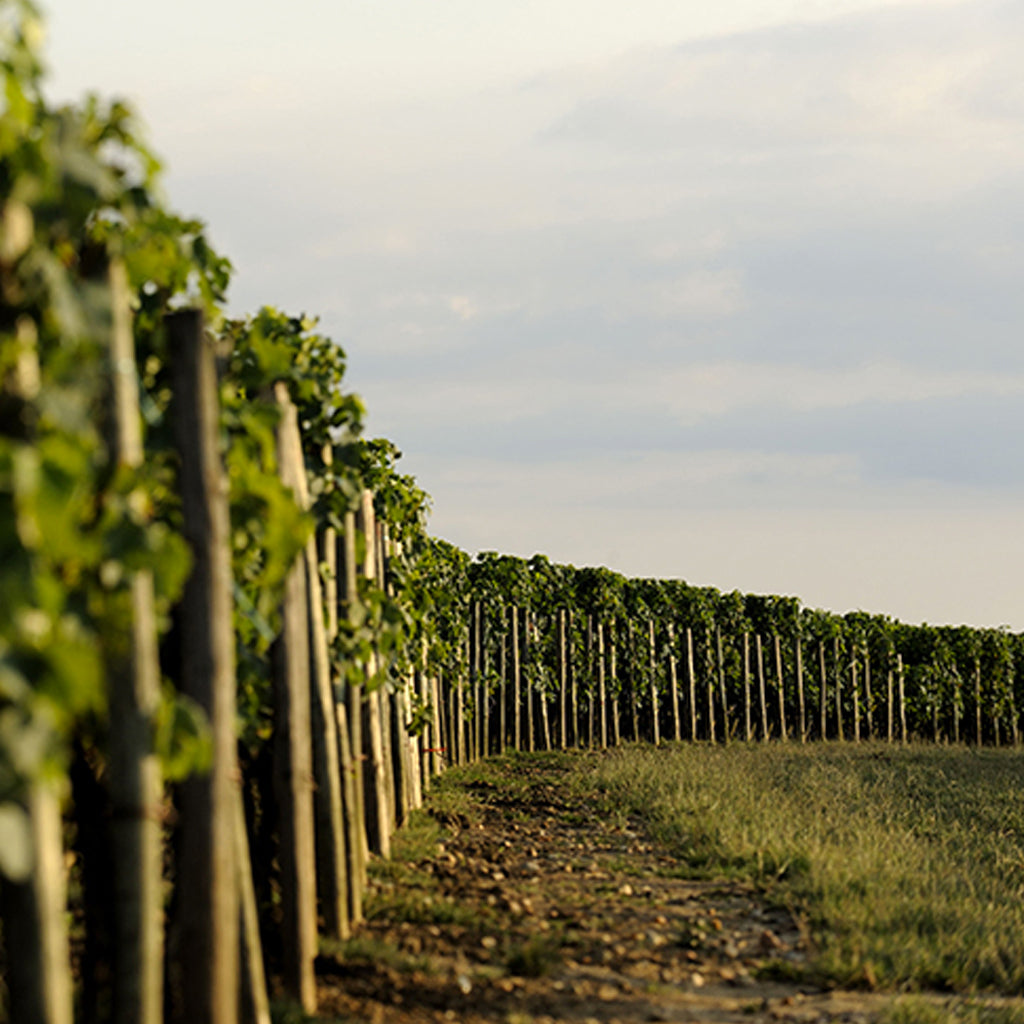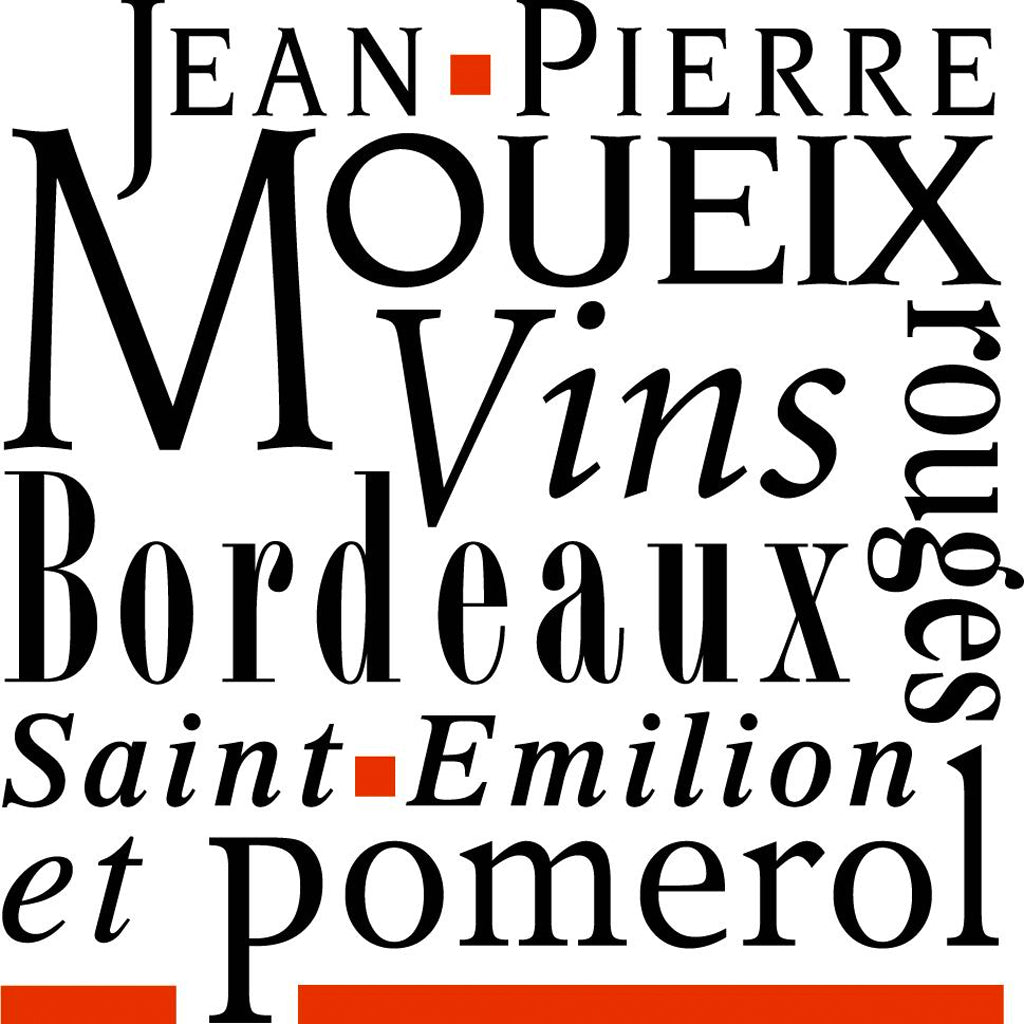France | Pomerol, Bordeaux

Pomerol houses some of the world’s most sought-after wine properties yet there is no official classification of quality or ranking here, just a healthy rivalry. The wine region has had something of a chequered history, viticulture began with the Romans and was continued through religious endeavours up until the 100 years war, which resulted in devastation and ruin of the vineyards. Re-planting took place during the 15th and 16th centuries and towards the end of the 18th century the wines made in Pomerol were fast improving and demand increased. In response to their desirability, a syndicate was created to protect the appellation; the Pomerol growers were particularly far-sighted as this was some thirty-five years before the establishment of the appellation system.
The late Jean-Pierre Moueix did much to lead Pomerol into the limelight in the twentieth century, taking it from relative obscurity to a level where demand dramatically outstrips supply. Pétrus is the undisputed flag-bearer within the unofficial classification, heading a breathtaking list of top properties. Trotanoy, Certan de May, La Conseillante, and Hosanna all set pulses racing and yet they all have their own, very distinctive style. La Fleur-Pétrus is one of the best ambassadors for the concept of terroir . Just a stone’s throw from Pétrus, the soil is completely different and so is the resulting wine. La Grave à Pomerol is different again, reflecting lighter, more gravelly soil whilst Latour à Pomerol gets its personality from a mix of different terroirs . The lodging house provided by the Knights Hospitaliers for the Santiago de Compostela pilgrims was on the Gazin estate and this is reflected in the second wine produced there, Hospitalet de Gazin – an accessible entry point to the wines of Pomerol. Gazin itself is a very fine Pomerol.
The wines tend to seduce the taster with their combination of finesse, richness and generosity.
Lalande de Pomerol:
The Barbanne stream delineates where Pomerol ends and Lalande-de-Pomerol begins. The land is relatively low lying and combines sandy conditions with clay and gravel breaking through, over limestone and iron. Lalande-de-Pomerol can produce ripe, generous, plummy wines, lifted by mineral notes and those from the best properties are certainly worth seeking out.
Our Producers
Explore Wines
From£26.00
From£53.00
From£57.00
£65.00
From£65.00
From£85.00
From£100.00
From£120.00


